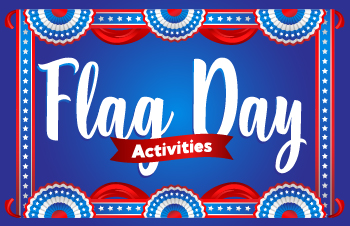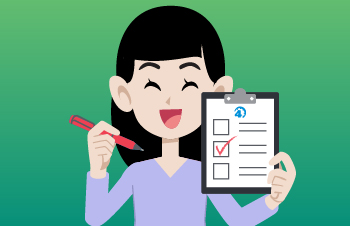Logical Learning Style
What type of learner has the ability to think logically and is able to explore patterns? Logical learners succeed by using order, steps, and logic. These learners can make connections and recognize patterns with ease, and work well with numbers. They have a very systematic approach to learning and are excellent at keeping organized. Text-heavy lessons may not be ideal for logical learners; they prefer cutting to the chase and focusing on facts.
On this page you’ll learn more about the logical learning style, tips to help them achieve their learning goals and more.
What Are the Logical Learning Style Characteristics?
In order to explain the logical learning style, we need to understand some of the characteristics these learners portray, these students:
- Like to keep detailed planners and organizers
- Enjoy playing strategy-based games
- Are highly investigative and curious
- Prefer visuals over words
- Are highly goal oriented
- Seek out rules and procedures
- May struggle writing creatively
- May have difficulty seeing big-picture
Study Tips for Logical Learners
We know that logical-mathematical learners are usually methodical and think in linear order. Being interested, motivated and actively making and designing their own visuals helps these learners retain important information, and creates an easy reference point for future studying.
So in order to cater to them, we’ve put together some study tips for logical learners to help boost their performance.
- Students with a logical-mathematical learning style learn best using visual materials, laptops, and hands-on projects.
- Make sure to provide a structure with a set of rules, goals and procedures for them as these learners can sometimes struggle with ambiguity.
- Goals can be short-term, but make sure to encourage your child to think big-picture and come up with long-term goals for the month, or even the school year. You may want to invest in a planner where they can plan out days, weeks and/or months to track progress.
- Work with your child to see what order they would like to work on their subjects in, and create a calendar that they can easily reference and follow.
- Highlighters can be very helpful to logical learners to identify the most important parts while they are reading.
- For classes such as history, that are text-heavy, timelines that list out the facts are a great way to keep your logical learner engaged. The clean structure and sequential organization allows them to easily absorb the information.
- Encourage your student to pick out common themes and patterns in history; allow them to use this pattern recognition creatively and have them try to predict the future!
- Try to encourage learning as problem-solving and solution-finding. If your student appears stuck, ask them questions to prompt learning or encourage them to find the answer amongst ‘evidence’.
- Wherever possible try to use categorization or classifications to help logical learners achieve their learning goals. For example, for geography you can use languages, ethnicities, and regional categorizations to teach this subject to your students.
- Have your child break down large chunks of information into charts and graphs. Logical-mathematical learners love making and looking at maps, charts, outlines, and graphs.
- For students who are struggling to write, have them create an outline for themselves. This will help them pan out the smaller details into big-picture ideas.
Math and science are typically subjects that logical-mathematical learners excel at due to the detailed, procedure-based nature of these subjects. Still, logical learners may struggle in these subjects when given word-heavy problems. Make sure to break down large paragraphs into smaller sections that are easy for students to break down.
You can also view the study tips we put together for kinesthetic learners, as logical and kinesthetic learners both thrive off of hands-on activities.
How Time4Learning Works for Logical Learners
Once you know how your student learns best, you can help boost their learning in so many areas. Traditional homeschool curricula are often designed much like classroom curricula, and simply do not cater to the needs of logical/mathematical learners.
Time4Learning’s computer-based curriculum provides an ideal environment where logical learners can learn new things, practice and explore. Every subject is presented in a multimedia format that is highly interactive and engaging. The Time4Learning curriculum:
- Offers step-by-step instructions in an organized, sequential order.
- Includes plenty of interactive activities and worksheets that break down learning into smaller chunks of information.
- Includes a fantastic tracking system that organizes and lists assignments that logical/mathematical learners will love!
- Offers the ability to set goals and track progress, which gives students a simple run-down of what assignments need to be completed and when.
- Has supplementary instruction to our members, such as unit-studies, that teach children about interesting concepts using timelines and bullet points.
Sign up for Time4Learning and gain access to a variety of educational material, which will engage and challenge your child to succeed. Make Time4Learning a part of your educational resource toolbox for teaching your unique logical learner.






